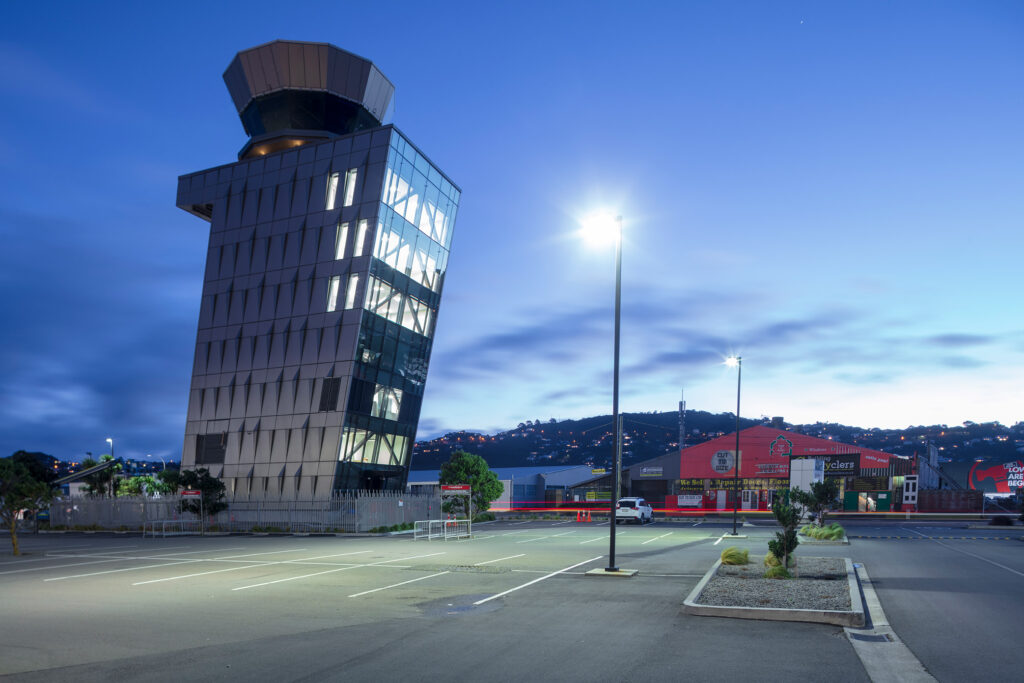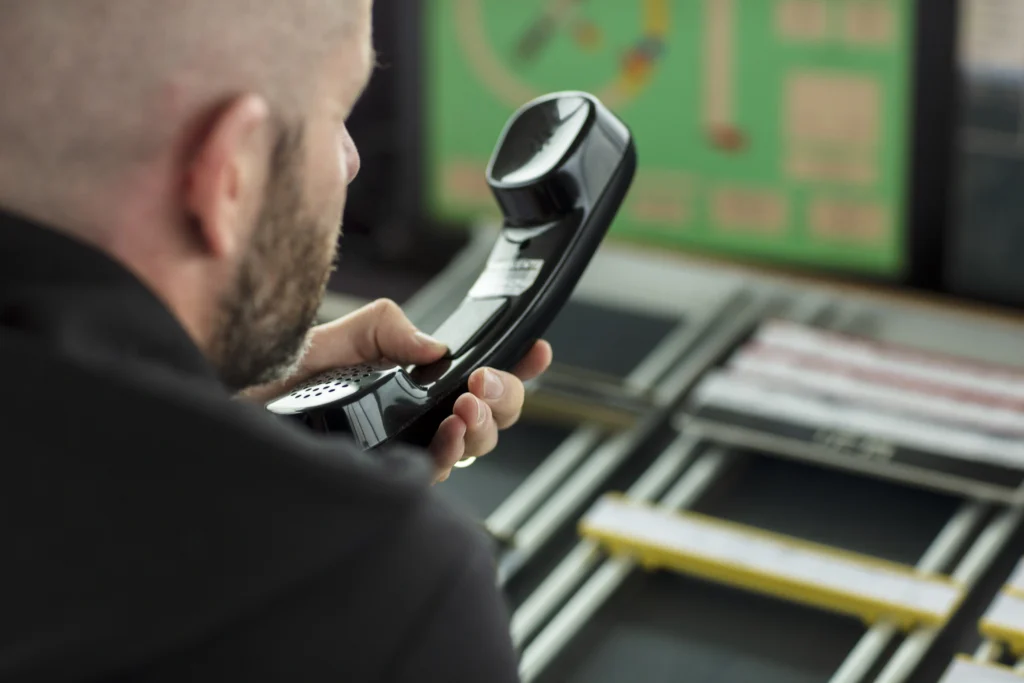Home Training Air traffic control training for NZ students Training and selection
Airways International’s air traffic services training programme is for those people wanting to become air traffic controllers or flight service officers. We go through a robust selection process looking for potential trainees with the ability to visualise and react to situations in the right kind of way.
Are you:
If you believe you can answer yes to all of the above, then you may have the skills and attributes we’re looking for to successfully train in air traffic services.

You need to meet the following eligibility criteria in order to train as an air traffic controller or flight service officer in New Zealand:
Training to become an air traffic controller or flight service officer is both demanding and rewarding. Making the cut for the training programme is not easy! We use our carefully designed selection process to offer training to those people with the exact skills and attributes needed to maximise students’ chance of success and reaching their full potential.
Research suggests that only 2-3% of the global population possess the competencies to become an air traffic controller. Selecting the right people from the start saves you, the student, time and money by improving your chances for training success.
The selection process may take 6 to 12 months, with two training intakes annually – usually in April and October.

Complete your online application, including some information about yourself, and an eligibility questionnaire. We’ll then review, and select candidates to take through to testing.
We’ll assess your aptitude via a range of online tests and assessments (in a three-stage process) – covering detail accuracy, spatial awareness, memory, multi-tasking, and a personality assessment.
If selected, you’ll attend a one-day Assessment Centre in Christchurch (we will support your travel expenses). You’ll undertake further aptitude tests, group and individual activities, and an interview. You will also find out more about the role and training programme, and meet some air traffic controllers.
Following successful background checks, you will be offered a place on an upcoming training programme. You will also need to complete a criminal records check, drug test and meet the Civil Aviation Authority’s medical requirements.
Upon selection to join our training programme, air traffic control students will be enrolled in both the New Zealand Certificate in Air Traffic Services (Level 5) and the New Zealand Diploma in Air Traffic Services (Level 6). Flight service students will be enrolled in the New Zealand Certificate in Air Traffic Services (Level 5).
Training begins online via self-directed learning for a period of four weeks. You will then join us at the Airways Training Centre in Christchurch for further theory and practical training – for eight to nine months (air traffic control) or six weeks (flight service).
Both air traffic control and flight service training are intensive. For the period of training, you need to be able to dedicate time outside of the classroom for further study.
If you are selected to join our air traffic services training programme, the fees for 2025 are:
Financial support is available to eligible students via a student loan from StudyLink. You may also be eligible for a student allowance or loan to support your living costs and other benefits during training.
Once you successfully complete Airways International’s academy training, you may be able to work as an air traffic control trainee or flight service trainee for Airways New Zealand and undertake on-job training, subject to:
Upon successful completion of academy training, air traffic control students will be awarded a New Zealand Certificate in Air Traffic Services (Level 5) and a New Zealand Diploma in Air Traffic Services (Level 6). Flight service students will earn a New Zealand Certificate in Air Traffic Services (Level 5).
You may be required to relocate to an Airways New Zealand tower or surveillance centre for on-job training, which typically takes from four to nine months. The time spent in on-job training is dependent on the location and your learning capacity.
Locations for air traffic control on-job training vary for each trainee – these locations are typically regional aerodrome towers such as Rotorua, Palmerston North, Napier, Invercargill and New Plymouth. For flight service, on-job training is either in Airways New Zealand’s Paraparaumu or Milford Sound aerodromes, or in one of their surveillance centres in Christchurch or Auckland.
Students will be advised of the on-job training location offered to them during the last few weeks of academy training. Whilst Airways New Zealand considers your preferences, you must be flexible and have the ability to relocate within New Zealand.

After successfully completing on-job training as an air traffic services trainee for Airways New Zealand and showing that you can deal consistently with all air traffic situations, you will undertake a final proficiency assessment (FPA).
If your FPA is successful, you’ll be awarded your New Zealand Civil Aviation Air Traffic Control or Flight Service licence and rating.
Upon successful completion of the selection process, you’ll be offered the chance to join our training programme – usually starting in April or October each year. Each course intake is 6 to 12 students.
All air traffic services students will spend the first four weeks of training doing online, self-directed learning, followed by six weeks of theoretical training in Christchurch.
Air traffic control students will then continue academy training for 22 weeks undertaking simulator training.
When you’ve completed academy training, you may then be offered a role with Airways New Zealand as an air traffic services trainee.
You will then begin on-job training, where you will work with real aircraft, supervised by an experienced air traffic controller or flight service officer.
Following on-job training, you will undertake a final proficiency assessment.
If successful, you’ll then be issued with a New Zealand Civil Aviation Air Traffic Control or Flight Service licence and rating.